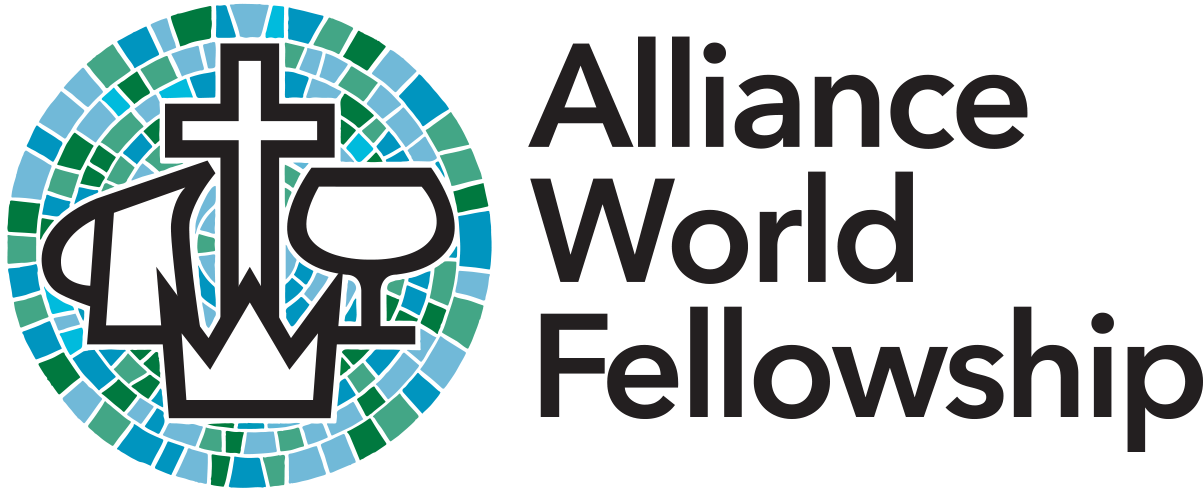Alianza Cristiana y Misionera Colombiana
President: Rev. Esnilder Popo Colorado
![]() Calle 9 Norte # 19 – 00, Armenia, Quindío, Colombia
Calle 9 Norte # 19 – 00, Armenia, Quindío, Colombia
![]() +57 6 745 2128
+57 6 745 2128

STATISTICS (2023)

Membership
31,455

Churches
327

Ordained Ministers
45

Missionaries
8
In June 1923 Rev. Homero Crisman crossed the Colombian border fleeing an angry mob from the city of Tulcán in Ecuador. Upon arriving in Ipiales, Nariño, he stayed in the house of those who would be our first believers in the Christian and Missionary Alliance of Colombia. A decade later and with much sacrifice, he arrived at the municipality of Tumaco, the starting point for reaching the Pacific coast for Christ.
In January 1932 we reached what was then known as Old Caldas (Quindío, Risaralda and Caldas), we also managed to reach the department of Tolima. During the first year of the decade, the Mission held its second pastoral convention, building relationships between local churches across the country and demonstrating the need for an established National Church. During this time, unanimously, work was done on the first norms for the National Church and on the organization of annual conventions, which continue to this day.
In 1941 the Ambachico Bible Institute opens its doors to train the indigenous people of the Páez, Guambiano and Nasa tribes to serve God. In 1942, the translation of the Bible into the Páez and Guambiano languages began.
Between 1950 and 1953 our church in Campohermoso, Tolima, experienced a great religious persecution that left the church building totally destroyed. The pastors, leaders and members were killed because of their faith. However, a Christian school teacher managed to escape with all seventy-five children under his care.
In 1960 we finally arrived in Bogotá. During this decade we went through a period of necessary changes at the local, regional and national levels. We wrote the baptismal manual and opened the magazine called “La Voz de la Alianza” (The Voice of the Alliance) to unite the churches through written communication.
By 1970, the Colombian Alliance is independent and autonomous from the United States Mission. The Mission is represented at most meetings by its president. In 1974 we managed to build the headquarters of the Alliance Bible Seminary of Colombia in Armenia, Quindío, where the National Office is currently located.
The 1980s are characterized by a great evangelization movement to reach the urban centers of the country such as: ports, capitals and cities of industrial and economic influence in Colombia; since due to violence and economic change thousands of people emigrated to large urban centers.
We arrived in Bogotá, Cali, Medellín, among other capitals, which over time have established themselves as churches with leaders responsible for their own training and effective discipleship, evident in the training of other churches in their surroundings or in other places in Colombia and at the beginning of the missionary work outside the country.
The 1990s were a stage of constant transition at all levels, because the 1980s ended with a lot of confusion, uncertainty and disorientation in the administrative part at the financial level, because a lot of credibility had been lost at the national leadership level. So much so that some important leaders began to look at each region and strong churches having its own legal status as a possible solution to the crisis. However, work was done to recover the credibility of the leadership, stabilize finances, organize administrative processes and dignify the pastoral task.
The 2000s is a period of full fire testing, because we could have returned to the beginning from where we had succeeded. So far in the 2010s, there has been an extension and consolidation of relations, communications and the modernization of the National Office. Likewise, a transition process has begun through the appointment of young people with the accompaniment of experienced personnel, not only in the directive and ministerial councils at the local, regional level, but also in the national board of directors.
In 2020, after 29 years, the National Assembly elected a new president of the Colombian Alliance through a virtual assembly. After the start of the pandemic, the church buildings closed, but the work of the church never stopped, which allowed the government of our country, through the Ministry of the Interior, to recognize the active and comprehensive participation of our headquarters during the pandemic, not only in the spiritual realm but in the comprehensive care of the material needs of the most affected communities.
